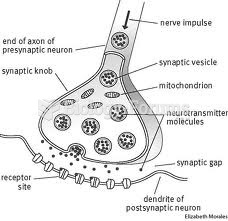Answer to Question 1
Albumin 9/5, 9/11: normal 3.5-5.5, Mr. Seyer 3.1, 3.0
Reason for abnormality:
- Inadequate nutritional intake
- Increased nutritional needs
- Malnourished
- Inflammatory response - serum levels are reduced as a result of inflammatory process and a reduction in hepatic synthesis
Nutritional implications:
- Decreased levels are associated with increased risk of morbidity and mortality.
- Increase protein intake and provide adequate nutrition support.
Total protein 9/5, 9/11: normal 6-7.8, Mr. Seyer 5.7
Prealbumin 9/5, 9/11: normal 18-35, Mr. Seyer 15, 12
Reason for abnormality:
- Inadequate nutritional intake
- Increased nutritional needs
- Malnourished
- Inflammatory response - serum levels are reduced as a result of inflammatory process and a reduction in hepatic synthesis
Nutritional implications: Provide adequate nutrition support.
RBC 9/5, 9/11: normal 4.5-6.2, Mr. Seyer 4.2, 4.3
Reason for abnormality:
- Possible anemia
- May be associated with malignancy and subsequent bone marrow suppression
Nutritional implications:
- No specific nutritional implications but supports overall need for nutrition therapy
- Adequate kcal and protein
HGB 9/5, 9/11: normal 14-17, Mr. Seyer 13.5, 13.9
Reason for abnormality:
- Possible anemia
- May be associated with malignancy and subsequent bone marrow suppression
- Protein-energy malnutrition
Nutritional implications:
- No specific nutritional implications but supports overall need for nutrition therapy
- Adequate kcal and protein
HCT 9/5, 9/11: normal 41-51, Mr. Seyer 38
Reason for abnormality:
- Possible dehydration (9/5)
- Possible anemia
- May be associated with malignancy and subsequent bone marrow suppression
Nutritional implications:
- No specific nutritional implications but supports overall need for nutrition therapy
- Adequate kcal and protein
MCH 9/5, 9/11: normal 26-32, Mr. Seyer 32.4, 32.3
MCHC 9/11: normal 32-36, Mr. Seyer 36.5
Reason for abnormality:
- Possible anemia
- May be associated with malignancy and subsequent bone marrow suppression
Nutritional implications:
- No specific nutritional implications but supports overall need for nutrition therapy
- Adequate kcal and protein
Answer to Question 2
Sunken eyes
Evidence of some muscle wasting in extremities







